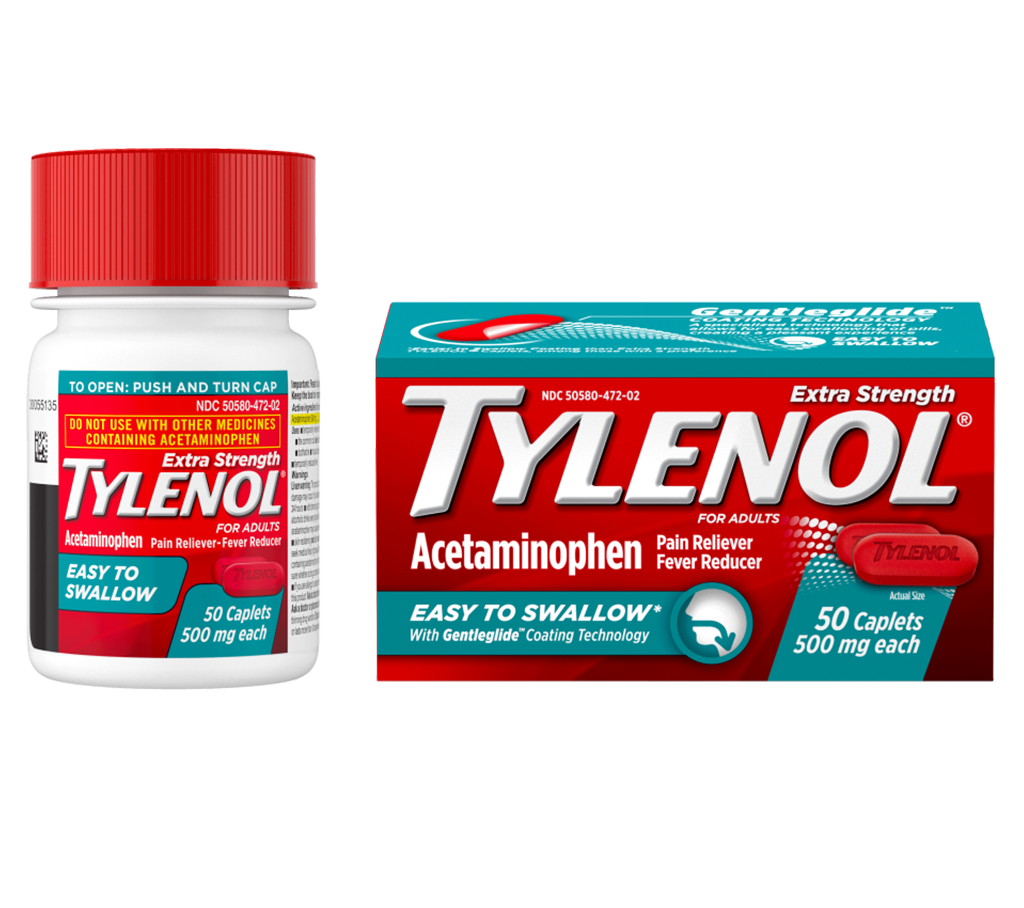What are the symptoms of somatic pain?
Somatic pain is pain that originates from the skin, muscles, joints, or connective tissues. It’s typically well-localized and can be described by various sensations. The symptoms of somatic pain often include:
- Localized Pain: Pain that is felt in a specific area of the body, which can be pinpointed accurately.
- Sharp or Dull Pain: The pain can be sharp and stabbing or dull and aching, depending on the source and type of injury or condition.
- Tenderness: The affected area may be tender to touch.
- Pain on Movement: Pain might increase with movement or pressure on the affected area.
- Radiating Pain: While generally localized, somatic pain can sometimes radiate to nearby areas.
- Muscle Soreness: In cases where the pain involves muscles or connective tissues, there may be a sensation of soreness or stiffness.
- Swelling or Bruising: In some cases, there may be visible signs of swelling or bruising in the area of pain.
Somatic pain is often related to injury, inflammation, or strain in the musculoskeletal system.
What are the causes of somatic pain?
Somatic pain arises from damage or irritation to the skin, muscles, joints, or connective tissues. The causes of somatic pain can include:
- Injury: Trauma such as cuts, bruises, fractures, or sprains can result in somatic pain.
- Inflammation: Conditions like arthritis or tendinitis cause inflammation in the joints or tendons, leading to pain.
- Muscle Strain: Overuse or strain of muscles can lead to soreness and pain.
- Post-surgical Pain: Pain resulting from surgical procedures affecting the skin, muscles, or tissues.
- Pressure: Prolonged pressure on a particular area, such as from sitting or lying in one position for a long time, can cause pain.
- Infections: Localized infections, such as cellulitis or abscesses, can lead to somatic pain in the affected area.
- Degenerative Conditions: Diseases like osteoarthritis cause the breakdown of joint cartilage, leading to pain.
- Soft Tissue Injuries: Injuries to ligaments, tendons, or fascia can result in somatic pain.
- Skin Conditions: Conditions like shingles or eczema can cause pain in the affected skin areas.
Somatic pain is typically well-localized and directly related to the area of injury or inflammation.
What is the treatment for somatic pain?
The treatment for somatic pain depends on the underlying cause and the severity of the pain. Common approaches include:
- Pain Relief Medications: Over-the-counter analgesics like acetaminophen or NSAIDs (ibuprofen, naproxen) can help reduce pain and inflammation.
- Topical Treatments: Creams or ointments containing analgesics or anti-inflammatory agents can be applied directly to the affected area.
- Physical Therapy: Exercises and techniques to strengthen muscles, improve flexibility, and alleviate pain through physical therapy.
- Rest and Immobilization: Resting the affected area and using supports like braces or splints to avoid further injury.
- Heat and Cold Therapy: Applying heat or cold packs to reduce pain and inflammation; heat for muscle pain and cold for acute injuries.
- Massage Therapy: Therapeutic massage can relieve muscle tension and reduce pain in the affected area.
- Injections: Corticosteroid or local anesthetic injections may be used to target specific areas of pain, especially for joint or spinal pain.
- Surgical Intervention: In cases of severe injury or underlying conditions that do not improve with conservative treatment, surgical procedures may be necessary.
- Lifestyle Modifications: Improving posture, ergonomics, and activity levels to prevent and manage pain.
Treatment plans should be tailored to the individual’s specific condition and needs, often involving a combination of these approaches for optimal relief.

Leave a Reply
You must be logged in to post a comment.